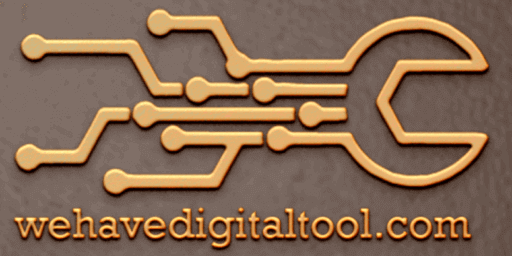How Clear The Browser Cache in Chrome is Essential for All People’s Information. we visit many websites in daily life. all websites are inter the websites Cache. your browser is full of cache then your internet is slow and you have bad internetwork. and this blog is full of this How Clear The Browser Cache in Chrome?
Do you frequently hear the phrase “clear your browser cache”? It’s a crucial diagnostic when there are problems with the website (like a 304 error). But what does it mean to clear your browser’s cache, and how do you accomplish it for your particular browser?

What’s a Browser Cache?
A collection of files called a “browser cache” is used to store downloaded internet resources. Images, text material, HTML, CSS, and Javascript are frequently found resources in a browser cache. When compared to the several different kinds of databases used for websites, the browser cache is quite modest.
In general, a cache is a piece of hardware or software that takes and saves data so that the user may quickly access it in the future.
There are many different kinds of caching, including browser caching, distributed server caching for high-volume systems, application caching to log HTML from websites, content management system data caching, gateway caching, proxy caching, and many others.
So, as a subset of general caching, browser caching:
Simply defined, a browser cache retains information from the websites you visit in a database, which speeds up page loads (particularly with a spotty or unreliable internet connection) and enhances the user experience the next time you visit a previously visited website.
You’ll see that we didn’t limit our discussion to page load times as the main advantage. The user experience is equally important. The browser cache, for instance, stores user preferences for websites, such as color schemes, which may make a website simpler to read.
Here are some of the main types of site resources saved within your browser cache:
Here’s an example:
Marla like to purchase her home remodeling necessities from Overstock.com. She reads The Wall Street Journal online frequently and also visits The Onion for her daily dose of humor. Marla runs a small business and has a busy schedule; she sneaks online for 15 minutes before bed and during lunch. She travels to clients’ homes in remote locations, where internet connectivity is frequently poor, and she also has a sight handicap.
Even though she may not know it, browser caching helps Marla in the following ways:
How a Browser Cache Works
Here’s a more technical look at how a browser cache functions:
The data in the cache must not only be accurate for the requested webpage but it also cannot be deemed “stale”. Since practically all cached data has an expiration date, the browser could run into outdated cached content. Given how frequently site information is updated, it would be irresponsible to log and present users with out-of-date content. The browser should only offer content that is almost identical to what is already on the live page.
In general, the browser pulls information from its cache when that information is current and comes from the requested website.
We talked about the kinds of information that are kept in a browser cache, but it’s also important to note that client-side storage keeps track of that data using a few different kinds of packets and databases. Fundamentally, the browser caches and stores files like login information, user preferences, and website content. However, these resources are kept in a database via more complicated processes, such as cookies, Web Storage APIs, IndexedDB APIs, and Cache APIs.
How To Clear Cache
We’ll start by briefly describing the situations in which you might want to erase your browser’s cache. Then, we’ll demonstrate to you how to clear the cache in the majority of popular browsers. To rapidly jump to the “how,” select one of the links below. If not, we’ll go back to the beginning.
Why Do You Need to Clear Your Browser Cache?
The majority of the time, browser caching goes unnoticed. It operates fully in the background and typically has no impact on how you browse. But occasionally, mishaps do occur.
For instance, you might alter your website. However, because your browser is still displaying the cached version of that resource, you are unable to see this update. Or, the cache may have developed a bug that prevented a web page from operating correctly.
For these reasons, clearing your browser’s cache is a smart first step anytime you run into a problem on your site (or another site). Although it won’t always solve the problem, it is a crucial initial diagnostic step to take before presuming that a more severe problem is present.
Without deleting the cache, the “This Site Can’t Provide a Secure Connection” issue may appear while using local web development tools like MAMP. You’d be shocked how frequently what you perceive to be a “huge” website malfunction is only a caching problem that disappears as soon as your browser’s cache is cleared.
How to Force Refresh a Single Page
A “force refresh” is a tactic you can use before you immediately remove your whole browser’s cache. Instead of downloading all of the assets again when you refresh a page, your browser typically continues to display the cached version of the page. However, you may use a few straightforward hotkeys to circumvent the cache and force a full refresh:
Once more, this technique just gets around the cache for the particular page you’re on. The remainder of your browser’s cache is unaffected. Therefore, if you’re having problems with a single page, this alternative is fantastic. However, you’re better off deleting all of your browser’s cache if you want to entirely reset your experience (say, across an entire site).
How Clear The Browser Cache in Chrome
Start by selecting the Three Dots icon in the upper right corner of your browser window to clear the cache for Google Chrome. Next, locate More Tools and choose Clear browsing data. Using the submenu:

Alternatively, you can also use the hotkey combination: CTRL + SHIFT + DEL. Chrome will open up a new tab with a popup window titled Clear Browsing Data. Make sure that only the Cached images and files box is checked. You can choose to clear your browsing history or opt for a more thorough cleansing of the cache by including cookies and other site data in the cache clearing.
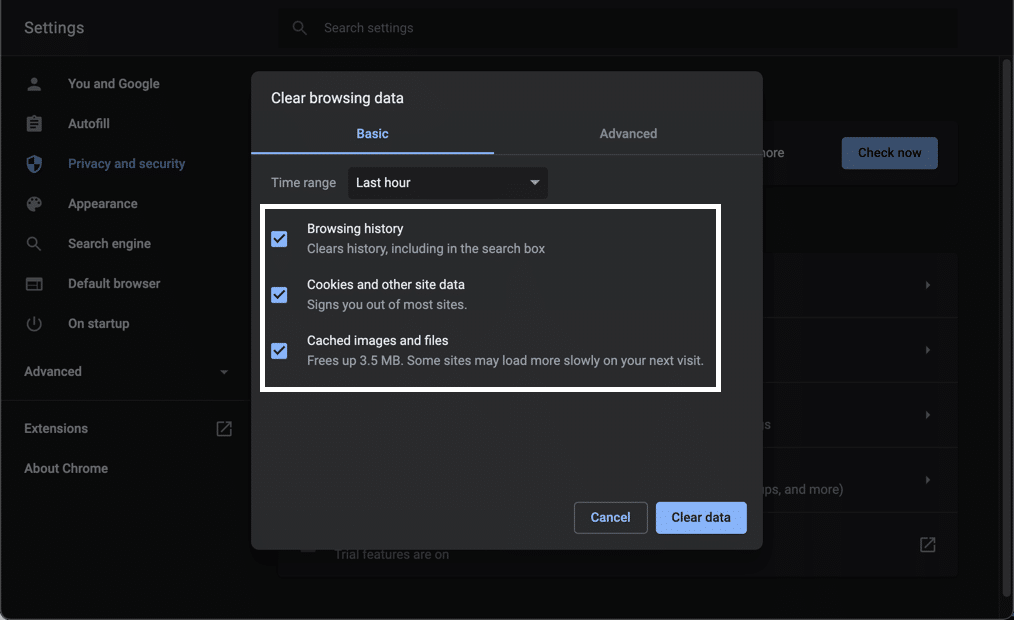
You can also change the time frame at the top. Select the Time Range field, then choose one of the options like the last 24 hours, last 4 weeks, or the entire history.

Finally, click the Clear Data button to clear your cache. And that’s it – your Chrome browser cache is now empty.
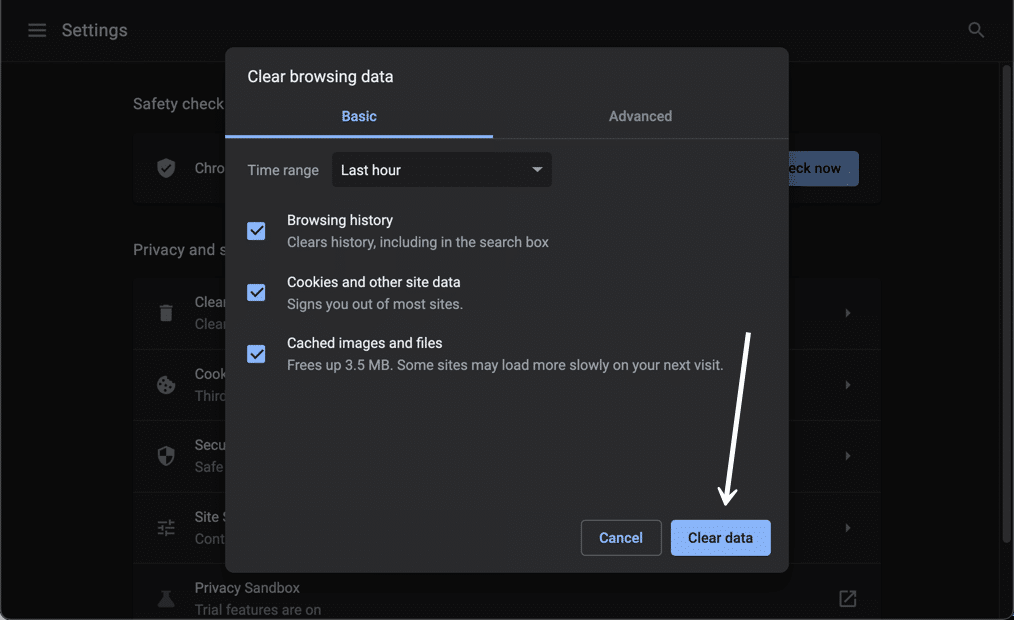
Click the Three Dots icon in the top right of your browser window to begin clearing the cache for Google Chrome. Choose Clear browsing data from the More Tools menu by finding that option. within the submenu:
Now, you’ll see additional browsing data checkboxes such as:
If you’d like, you can mark the data items you want to have deleted. Just keep in mind that these are typically necessary to enhance your overall user experience, just like passwords that allow you to quickly access websites.
Click on the Clear Data button once you’re done.
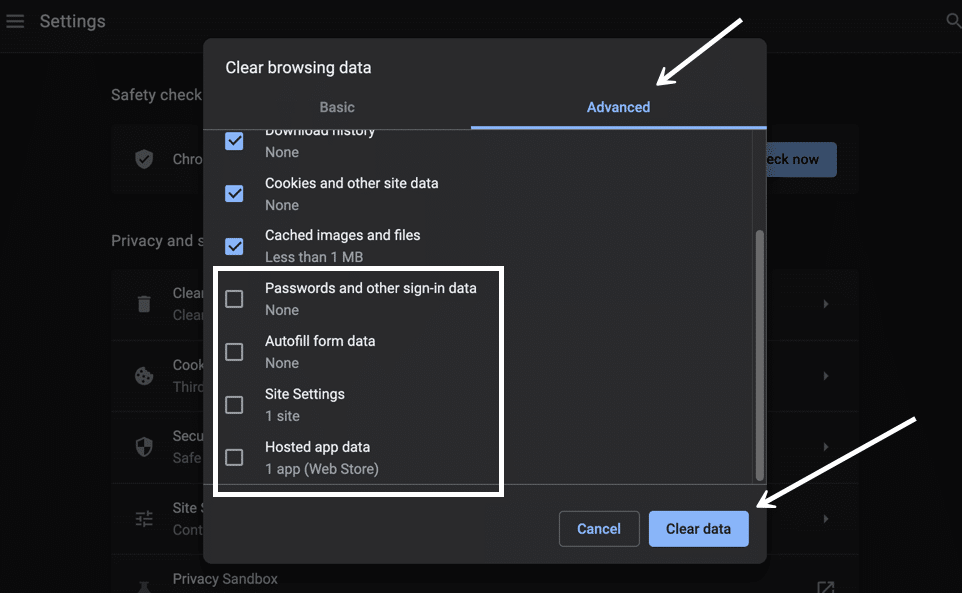
There are several ways to view and remove cached data from Google Chrome.
For instance, you may click on Privacy and Security on the Google Chrome Settings page.
The Clear Browsing Data button is located underneath that and leads to the same pop-up window as previously; it is only accessible in a different way.
Additionally, you may directly take control of third-party cookies by selecting the Cookies and Other Site Data tab.

This is a choice for those who are more interested in clearing off cookies than their browser history or login information since all tracking cookies are logged within the browser cache.
On this page, you have options to:
The cookie settings provide you the ability to automatically clear your cache or remove unused cache components. As an illustration, you might want to prevent third-party cookies from being stored in your browser’s cache in the future.
Additionally, you might want to look into the section titled “Clear Cookies and Site Data When You Close All Windows.” Erasing objects each time you close the Chrome browser, practically automates the cache-clearing procedure.

There are several additional settings related to the browser cache in the lower portion of this area in Chrome.
It’s easy to remove individual cache items with the use of the button to See All Cookies and Site Data.
Additionally, you can control lists that permit cookies to be used, remove cookies when a site is closed, or completely prohibit cookies.
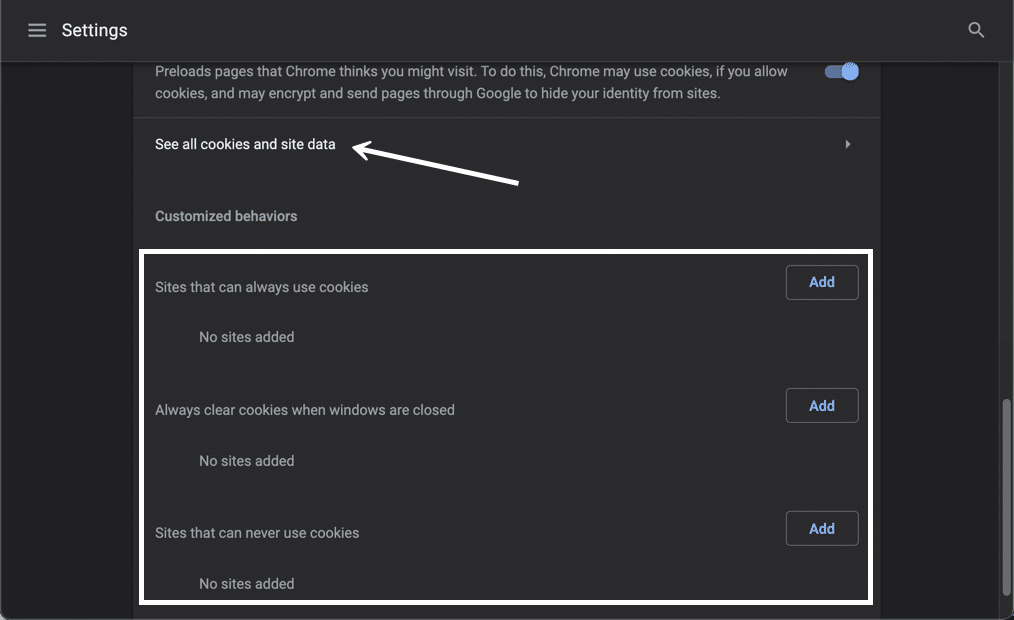
We hoped this article helped you create custom WooCommerce thank you pages. You may also want to see our list of the best WooCommerce plugins for your store and our guide on how to create an email newsletter.
